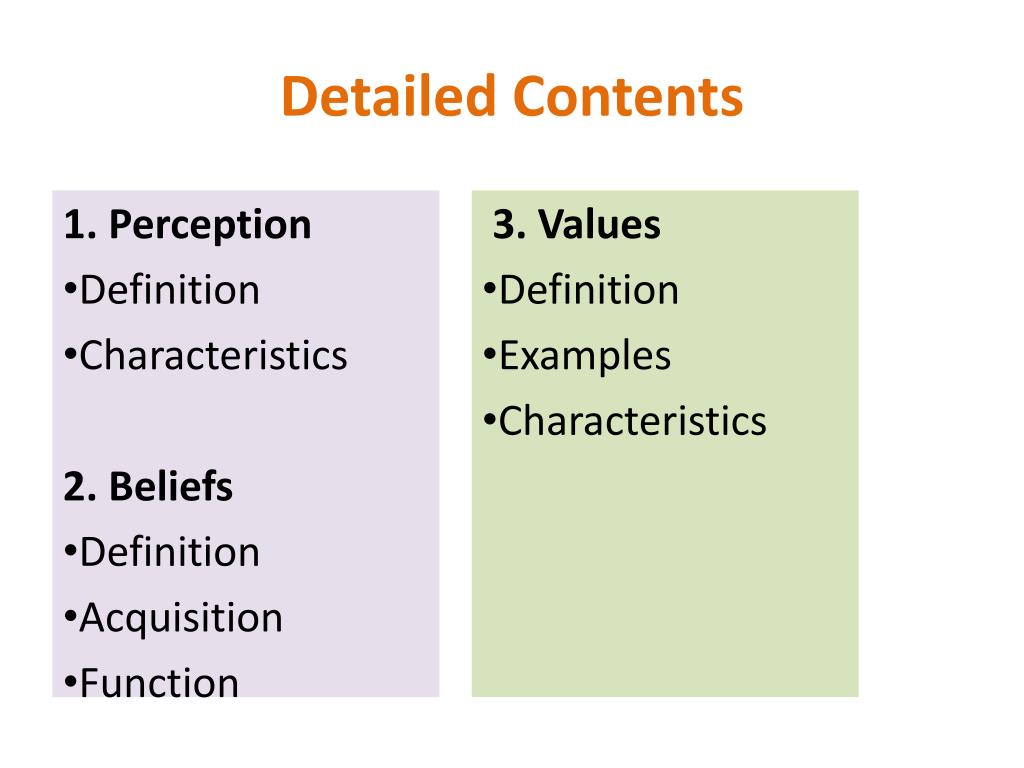

But, some watch companies usually sell their products for over Rs 1 lakh. The production cost is usually low even if it is studded with diamonds. The comparison that customers can draw is that sedan vehicles are more spacious, cleaner, more comfortable, and there is space for more passengers as compared to a hatchback.Īnother example is luxury watches.

Although, the distance remains the same, but customers pay a higher value per kilometre for higher category of cars. Usually, prices are higher for a sedan, a sports utility vehicle or a multi-purpose vehicle, as compared to a hatchback. They will give you a choice between multiple car segments for the same destination. Let's understand perceived value pricing with the help of some examples: If you have to reach the airport you have multiple options given by the cab rental company. Marketers need to show the customers the true value they would get after using the product. Its a measure of all the costs and benefits associated with a product or service. Generally, marketers position the product in such a way that it will make the product unique.Ĭustomers usually compare the value that they derive after using the product or service and end up paying more. Customer value is best defined as how much a product or service is worth to a customer. Perceived value pricing is not based on the cost of the product, but it is the value which the customer thinks that he/she is deriving from consuming a product or a service.ĭescription: Perceived value pricing is an important marketing strategy which helps firms to price a particular product in the markets. Cost/sacrifice value: Customer value perception is often defined as a customers evaluation of what they get in return for what they give (Zeithaml, 1988). Definition: Perceived value pricing is that value which customers are willing to pay for a particular product or service based on their perception about the product.


 0 kommentar(er)
0 kommentar(er)
